🐟 The Art of Goldfish: Beauty in a Bowl
Goldfish, or kingyo in Japanese, are not just pets — they are living art. From their elegant fins to their vivid colors, goldfish have long been a beloved part of Japanese summer culture. Displayed in round glass bowls or traditional kingyo sukui festival games, these graceful swimmers are often featured in paintings, fabrics, and even poetry.

🏮 A Tradition Rooted in Aesthetics
Goldfish were first introduced to Japan from China in the 16th century. Since then, Japanese breeders have refined countless beautiful varieties — from the adorable Ranchu with no dorsal fin to the telescope-eyed Demekin. What sets Japanese goldfish apart is not just their genetics, but the cultural context: in Japan, goldfish are admired for their symbolism — beauty, tranquility, and fleeting life.
🌸 Goldfish in Japanese Living Spaces
A goldfish bowl placed by the window, decorated with aquatic plants and river pebbles, is a common summer scene in Japan. It not only provides visual cooling in the summer heat but also represents harmony between nature and home life. In modern homes and cafes, goldfish-themed interiors are experiencing a nostalgic revival.

🍶 Goldfish & Japanese Crafts
Goldfish are even featured in washi paper patterns, kimono designs, and ceramics. They’re also paired with seasonal cuisine and sake in themed dining experiences that celebrate “coolness” during Japan’s hot and humid summers.
🎐 What It All Means
More than just ornamental fish, goldfish are a reflection of wabi-sabi — finding beauty in imperfection and impermanence. Watching them swim in a quiet bowl is an act of meditation, a glimpse into a slower, more graceful rhythm of life.
Image credit: Our featured image captures three charming goldfish swimming in a round bowl, surrounded by delicate pink blossoms — a timeless symbol of Japanese summer beauty.

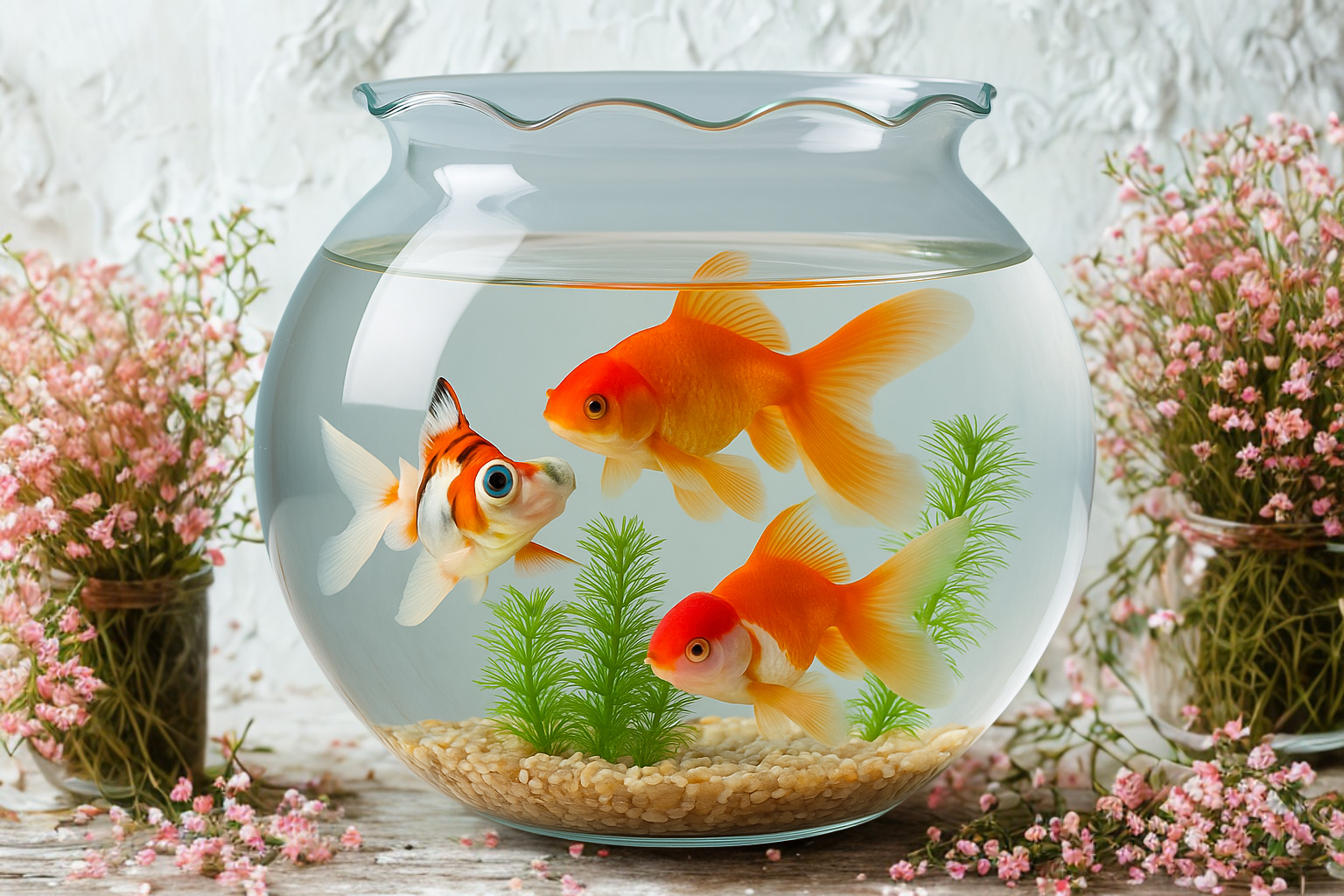
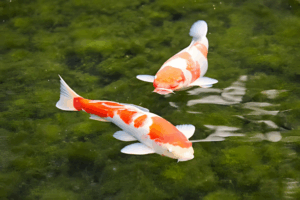

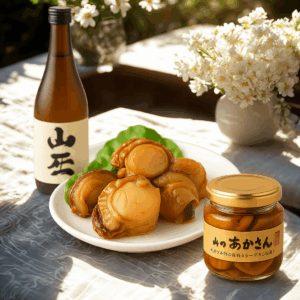
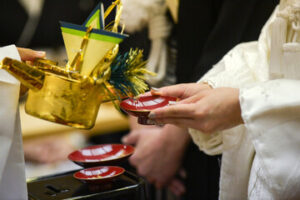
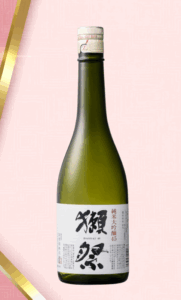
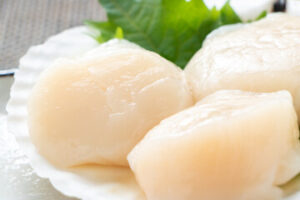
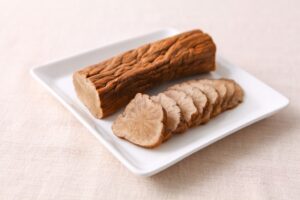
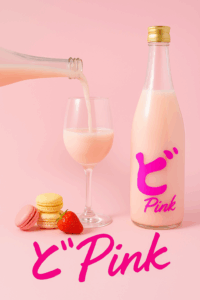




コメント